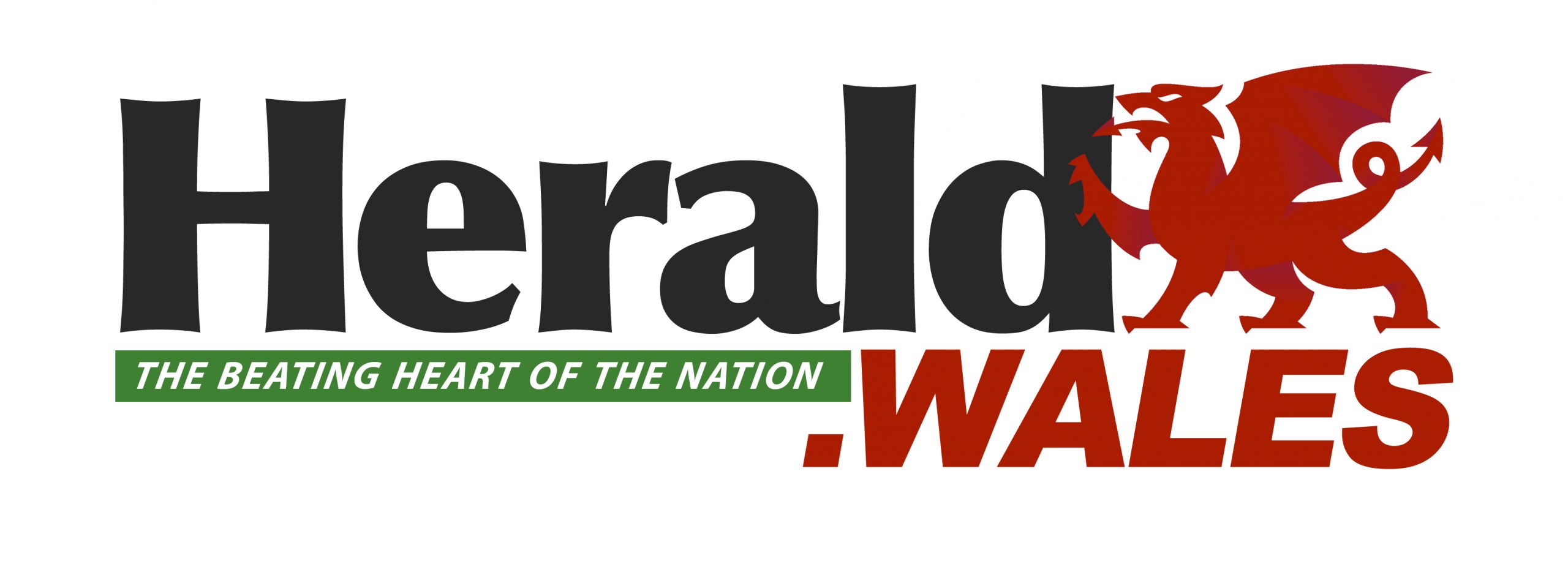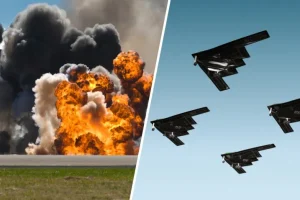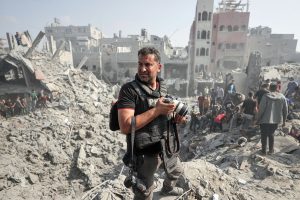YESTERDAY, Washington D.C. became a stage—but it was the protests, not the parade, that stole the show.
While tanks rolled and fighter jets screamed overhead in Donald Trump’s self-styled “Salute to America,” larger crowds were gathering elsewhere—to protest him. The so-called “No Kings” movement drew more people to the streets nationwide than the parade did in the capital. In some cities, protest marches dwarfed the official event in both scale and spirit.
Despite boasting a military display worthy of a blockbuster movie, Trump’s parade felt like a flop: sparsely attended, hampered by rain, and riddled with the unmistakable aura of authoritarian cosplay. For all its spectacle, the message failed to land.
Trump claimed the parade marked the U.S. Army’s 250th anniversary. But the branding, the tone, and the spotlight all centred on one man—not the thousands who’ve served under the flag. Critics, veterans, and ordinary Americans saw through it. They didn’t see patriotism; they saw a campaign rally with tanks.
The cost? A rumoured $25–45 million. The result? Empty grandstands, unimpressed generals, and millions of Americans chanting “No kings” from coast to coast.
This kind of military pomp just doesn’t sit well with American tradition. It might work in Moscow or Pyongyang, but in a country built on civilian rule and suspicion of concentrated power, it hits the wrong note. Even previous Republican leaders would have balked at the image of robot dogs and flyovers staged for a birthday party.
Trump knows how to dominate a news cycle. But this time, he was outshouted—and outnumbered—by his own people. The true march of the day wasn’t down the National Mall, but through city streets in every state, where Americans made it clear: they support their military—but not a militarised presidency.













